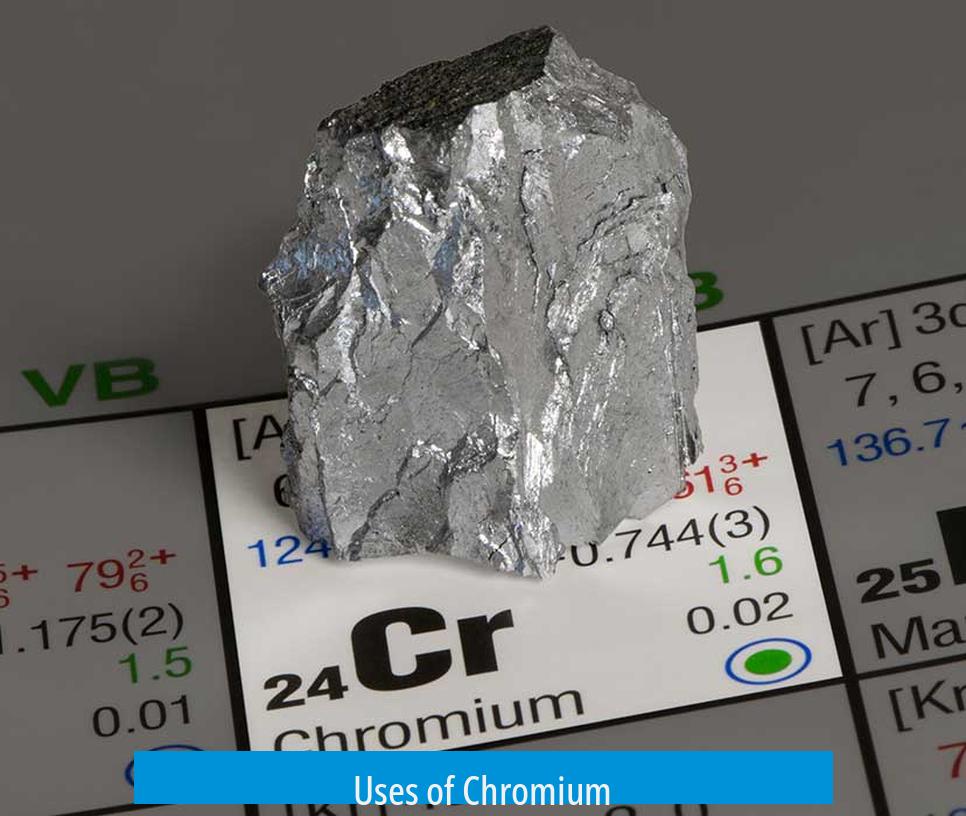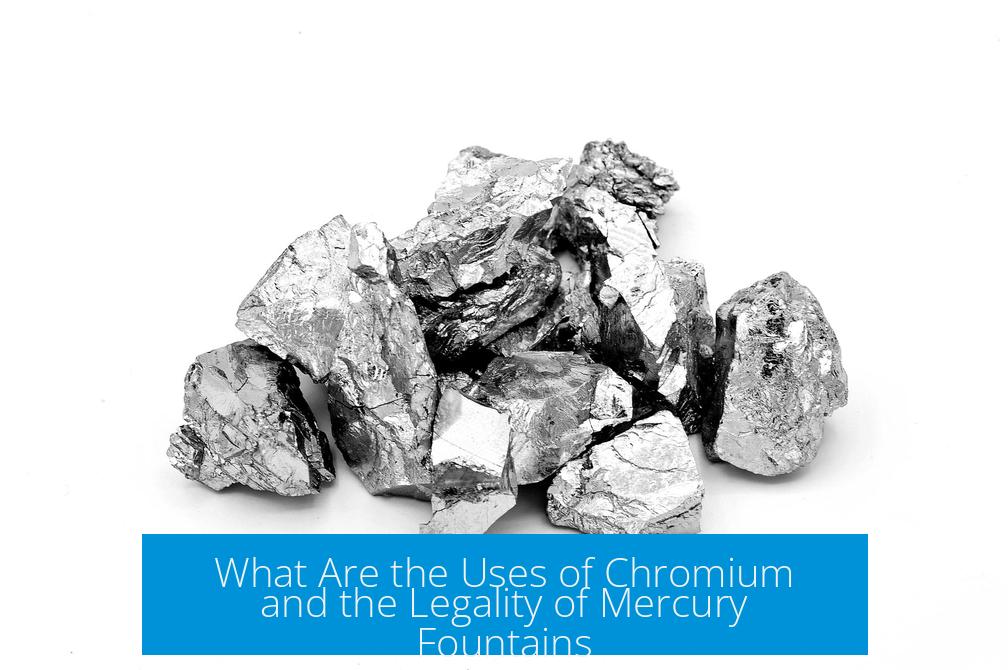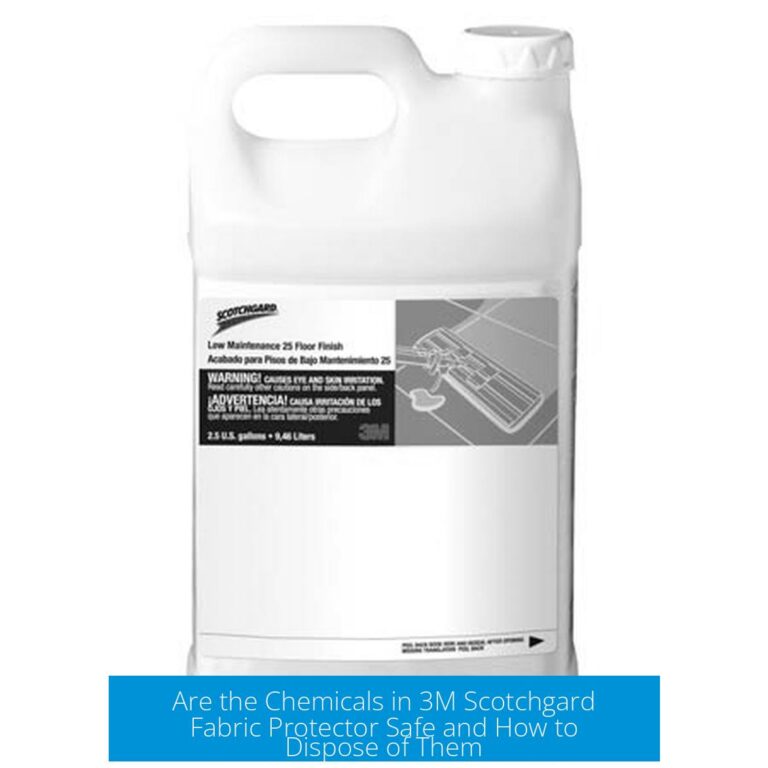Uses of Chromium

Chromium is primarily used in stainless steel production. It enhances corrosion resistance and strength. Many stainless steel alloys contain chromium as a key component. This metal is vital in the metal and alloy industry.
Other Industrial Uses
- Chromium serves as an adhesion layer in semiconductor manufacturing.
- It helps produce compounds used in dyes, such as the green pigment in glass.
- It participates in certain chemical syntheses, enabling niche industrial processes.
Biological Role
The human body requires trace amounts of chromium to aid insulin regulation. However, only minimal quantities are necessary for this function.
Toxicity Considerations
Chromium toxicity varies with oxidation states. Hexavalent chromium (Cr(VI)) poses significant health risks, unlike other forms. Handling chromium compounds requires caution due to this variable toxicity.
Legality and Safety of Mercury Fountains
Mercury fountains remain legal mainly because of strict safety measures. The famous mercury fountain in Spain commemorates mercury mining, pumping pure metallic mercury instead of water.
Physical Barriers and Safety
The mercury is enclosed behind a glass barrier. This prevents direct contact and exposure to mercury vapors, which are toxic if inhaled or ingested in large amounts.
Toxicity of Metallic Mercury
- Metallic mercury is relatively harmless in its liquid form without vaporization.
- The main hazard arises from inhaling mercury vapor, which can cause serious health effects.
- Ingesting small amounts of metallic mercury usually results in minimal harm.
Historical Context and Modern Protocols
When the fountain was built, the full dangers of mercury toxicity were less understood. New protocols now ensure visitors cannot touch the mercury or be exposed to dangerous fumes.
Key Takeaways
- Chromium’s main use is in stainless steel production and alloys.
- It also plays roles in semiconductors, dyes, and chemical syntheses.
- Small chromium amounts are essential biologically; Cr(VI) is the most toxic form.
- Mercury fountains are safe due to glass enclosures preventing contact and vapor inhalation.
- Metallic mercury is mainly dangerous when vaporized, not in liquid form.
What is chromium mainly used for in industry?
Chromium is mainly used in making stainless steel. It acts as a key component in many steel alloys. It is also used in metal and alloy industries.
How does chromium contribute to green glass production?
Chromium is essential for making green glass. It is used in compounds that produce this color. Without chromium, creating durable green glass is very hard.
Why is chromium safe in small amounts but risky in others?
Chromium has different forms. Cr(VI) is toxic, but not all forms are risky. The body needs tiny amounts of chromium for insulin regulation.
Why is the mercury fountain in Spain allowed despite mercury’s toxicity?
The fountain is behind glass to stop people from touching mercury or inhaling fumes. This protection makes it safe for public display.
What made people use mercury in a fountain originally?
The fountain commemorates mercury mining. At first, the toxicity of mercury wasn’t fully known, which is why pure mercury was used.
Is metallic mercury dangerous to touch or ingest?
Metallic mercury is mostly harmless unless vaporized and inhaled. Touching or mild ingestion usually does not cause harm, but vapor is toxic.





Leave a Comment